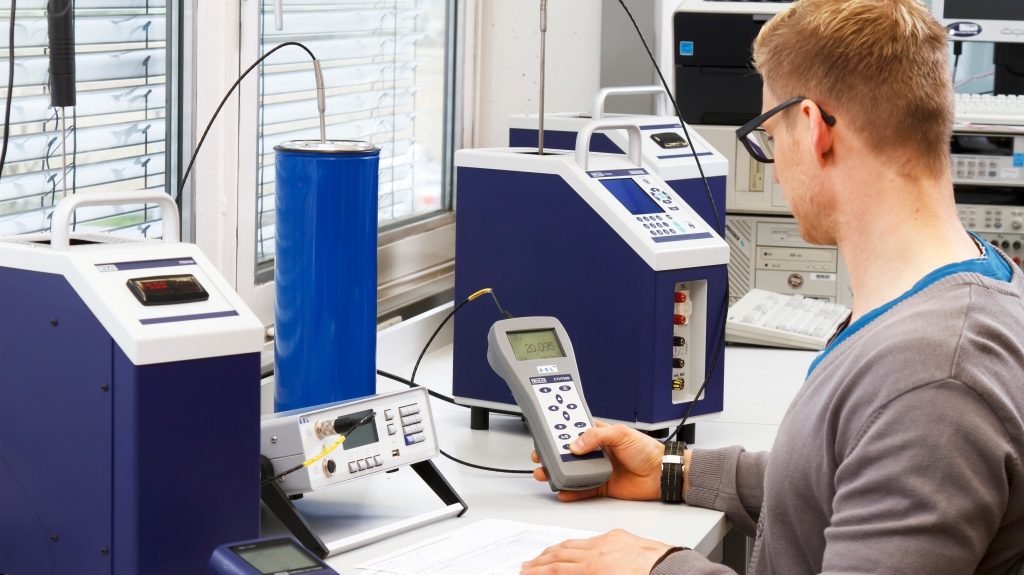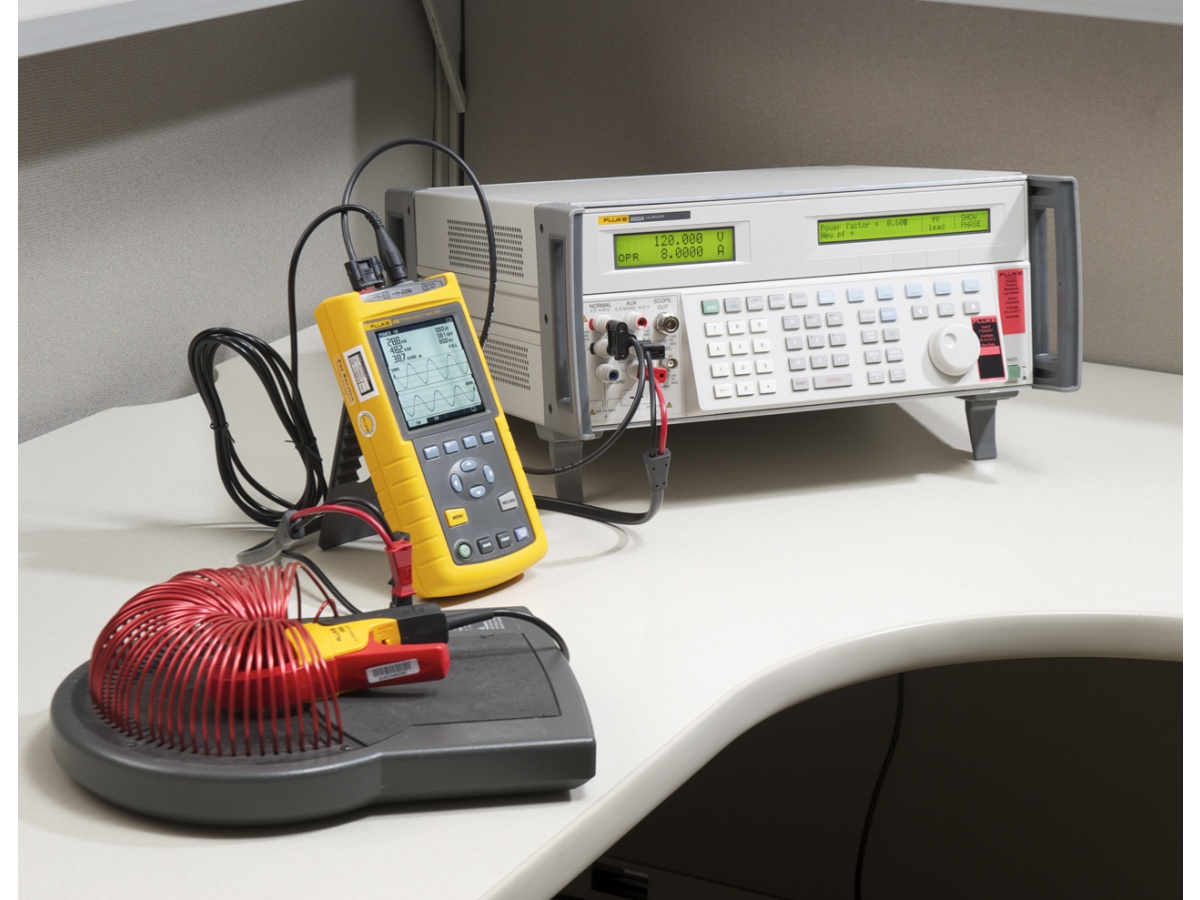When it comes to ensuring accuracy and reliability in your temperature measurements, proper temperature calibration is absolutely essential. Whether you're working in a laboratory, industrial setting, or simply using a thermometer at home, calibration ensures that your temperature readings are as accurate as possible.
However, even the most experienced professionals can make mistakes when conducting temperature calibration. Here are five common pitfalls to watch out for:
Neglecting to Establish a Calibration Schedule
One of the most common mistakes in temperature calibration is failing to establish a regular calibration schedule. Over time, temperature measuring devices can drift out of calibration due to environmental factors, wear and tear, or simply the passage of time.
Without a regular schedule for temperature calibration, you risk using instruments that provide inaccurate readings, potentially leading to faulty results or even safety hazards.
To avoid this mistake, make sure to establish a temperature calibration schedule based on the specific requirements of your equipment and industry standards. Regular calibrations will help ensure the accuracy and reliability of your temperature measurements.
Using Incorrect Calibration Equipment
Another common error in temperature calibration is using incorrect or inadequate calibration equipment. Different temperature measuring devices require specific calibration tools and procedures to ensure accuracy. Using the wrong equipment or outdated methods can result in inaccurate calibrations, defeating the purpose of the process.
Before conducting temperature calibration, always double-check that you have the appropriate calibration equipment for your specific device. Investing in high-quality calibration tools and staying updated on the latest calibration techniques can help you avoid this costly mistake.
Ignoring Environmental Factors
Environmental conditions can have a significant impact on temperature calibration results. Factors such as humidity, air pressure, and temperature fluctuations in the calibration environment can affect the accuracy of your measurements. Ignoring these environmental factors or failing to control them during calibration can lead to inaccurate results and unreliable measurements.

When conducting temperature calibration, be sure to take environmental conditions into account and control for any variables that could influence the calibration process. This may involve calibrating in a controlled environment or using compensating techniques to account for environmental factors.
Skipping Documentation
Proper documentation is crucial in temperature calibration to ensure traceability and compliance with industry regulations. Failing to document calibration procedures, results, and any adjustments made can make it difficult to track the history of your instruments and verify the accuracy of your measurements.
Always take the time to thoroughly document each temperature calibration session, including the date, calibration standards used, instrument readings, and any adjustments made. This documentation will not only provide a clear record of calibration activities but also help identify trends or issues with specific instruments over time.
Neglecting Regular Maintenance
Regular maintenance is key to preserving the accuracy and longevity of temperature measuring devices. Neglecting routine maintenance tasks such as cleaning, inspection, and minor repairs can lead to drift in calibration and decreased reliability of measurements over time.
Make sure to incorporate regular maintenance tasks into your temperature calibration schedule to keep your instruments in optimal condition. This may include cleaning sensor surfaces, replacing worn components, and performing routine inspections to identify any potential issues early on.
Ending Notes
By avoiding these common mistakes and prioritising proper Instrument Certification practices, you can ensure the accuracy, reliability, and consistency of your temperature measurements.
Remember to establish a regular calibration schedule, use the correct equipment, consider environmental factors, document calibration activities, and maintain your instruments regularly to achieve the best results. Temperature calibration is not just a task—it's a commitment to quality and precision in your measurements.


No comments yet